Digestate: The Unsung Hero of Bio-fertilisers
What is Digestate?
Digestate is a nutrient-rich substance produced from the anaerobic digestion process, where microorganisms break down organic matter in the absence of oxygen. Anaerobic digestion, a key player in the renewable energy sector, not only generates biogas—a renewable energy source—but also produces digestate, which can be used as a bio-fertiliser.
Anaerobic digesters process various organic materials, including food waste, agricultural residues, and animal manure. The result is a division of digestate into two forms: liquid and solid. Each type serves different agricultural needs, with liquid digestate being ideal for use as a bio-liquid fertiliser, and the solid part as a soil conditioner.
The Benefits of Using Digestate in Sustainable Farming
Nutrient-Rich Fertiliser
Digestate is rich in essential plant nutrients such as nitrogen, potassium, and phosphorus, which are crucial for plant growth. Unlike synthetic fertilisers, digestate releases these nutrients slowly over time, matching more closely with plant uptake rates and minimising nutrient leaching.
Improves Soil Health
Applying digestate to the soil enhances its quality and structure, increasing water retention, promoting microbial activity, and improving soil aeration. This organic matter addition is vital for long-term soil fertility and health.
Reduces Waste and Carbon Footprint (H3)
Utilising digestate as a bio-fertiliser repurposes organic waste, diverting it from landfills where it would decompose and release methane, a potent greenhouse gas. By transforming this waste into a valuable agricultural resource, anaerobic digestion contributes to a circular economy, reducing the carbon footprint of both waste management and agricultural practices.
Case Studies on Successful Digestate Application (H3)
UK Farming Success
In the UK, where anaerobic digestion plants are an integral part of renewable energy and waste management strategy, numerous farms have successfully integrated digestate into their agricultural practices. For instance, a farm in Cornwall reported increased crop yields and improved soil quality after regular digestate application, highlighting its effectiveness as a replacement for chemical fertilisers.
Integrated Agri-energy Systems
A study in Germany showcased an integrated agri-energy system where crops were grown specifically for anaerobic digestion. The resulting digestate was then used to fertilise the same lands, creating a self-sustaining loop that maximised both energy production and agricultural productivity. This approach not only ensured a consistent supply of biomass for anaerobic digestion but also maintained high soil fertility levels.
The Role of Anaerobic Digestion in Sustainable Agriculture
Anaerobic digestion technology, central to producing digestate, plays a pivotal role in sustainable agriculture. By converting organic waste into both renewable energy and a bio-fertiliser, it addresses two critical challenges: waste management and sustainable farming practices. This synergy between waste reduction and agricultural productivity exemplifies the principles of a circular economy, where nothing is wasted, and everything is used to its fullest potential.
In the UK, the expansion of anaerobic digestion facilities, supported by policies aimed at increasing renewable energy production and reducing waste, has placed digestate at the forefront of sustainable agricultural practices. As more farms adopt this green alternative to synthetic fertilisers, the benefits of digestate become increasingly apparent, from healthier soils and higher crop yields to reduced environmental impacts.
Conclusion
Digestate, the unsung hero of bio-fertilisers, offers a sustainable solution to the dual challenges of waste management and agricultural productivity. As a by-product of the anaerobic digestion process, it embodies the principles of a circular economy, turning waste into a valuable resource. Through the successful application of digestate in agriculture, as seen in various case studies, we glimpse the future of farming—one that is sustainable, efficient, and harmonious with the planet. As the adoption of anaerobic digestion grows, particularly in the UK, so too does the recognition of digestate's role in sustainable agriculture, heralding a new era of green farming practices.
